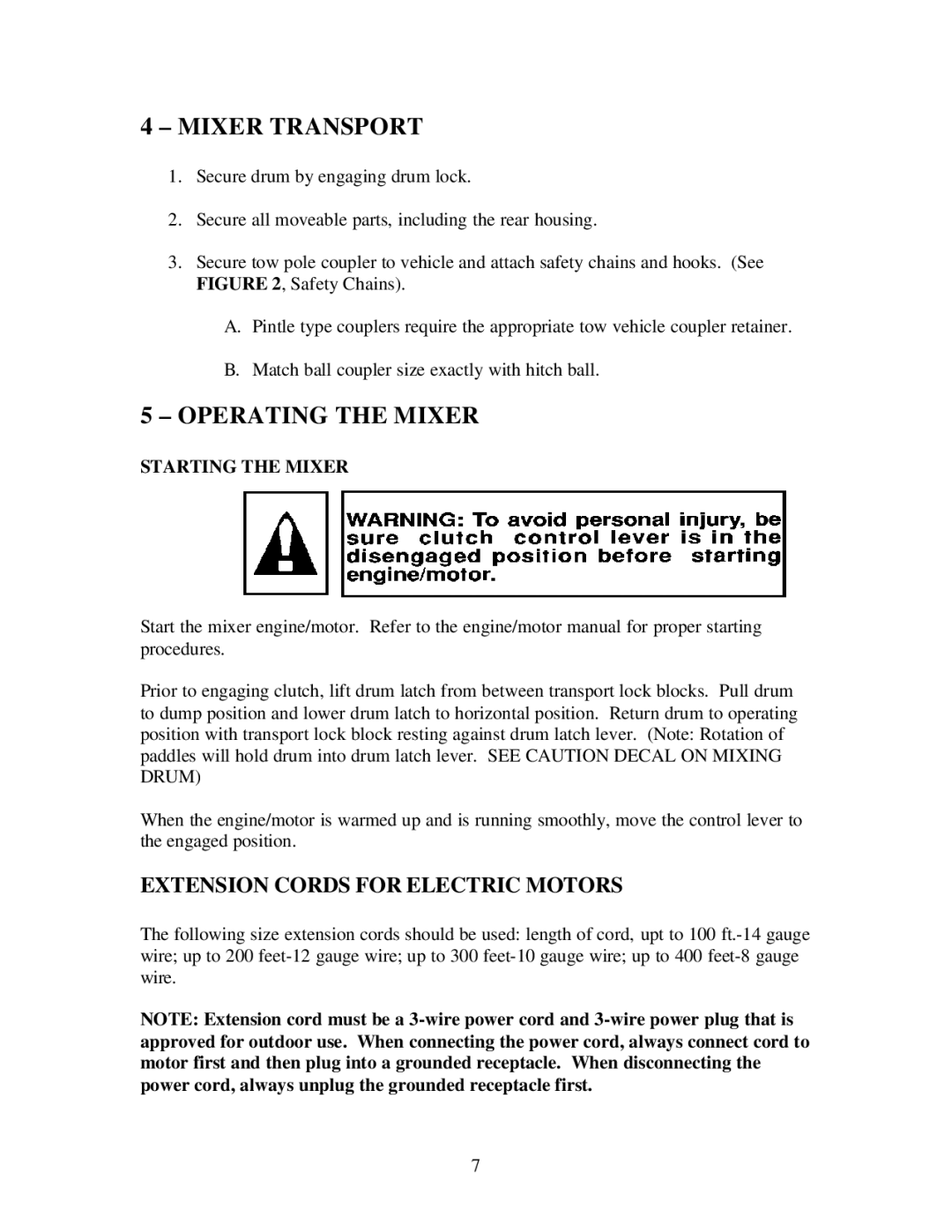600MP specifications
The Gilson 600MP series is a sophisticated line of multi-position magnetic stirrers that have gained a reputation for their exceptional performance and versatility in laboratories around the world. Designed to provide precise and reliable mixing, the Gilson 600MP excels in applications ranging from chemistry to biology and pharmaceutical research.One of the main features of the Gilson 600MP is its ability to support multiple vessels simultaneously, making it an ideal choice for high-throughput environments. The device can handle up to six beakers or flasks concurrently, each equipped with its own magnetic stirring bar. This capacity allows researchers to conduct multiple experiments at once, significantly increasing efficiency and productivity in the lab.
The Gilson 600MP boasts advanced technology such as its embedded microprocessor, which regulates and controls various parameters such as speed and heating. This results in consistent stirring speeds and temperature control, crucial for sensitive applications where uniform results are required. The stirring speed is adjustable, allowing users to choose the optimal rate for their specific samples, ranging from gentle mixing to vigorous agitation.
Another remarkable aspect of the Gilson 600MP is its compact and ergonomic design. With a sleek footprint, the unit conserves valuable bench space while still providing ample mixing capacity. The user-friendly interface includes an easy-to-read digital display that shows real-time information, enabling quick adjustments as needed.
Furthermore, the Gilson 600MP is equipped with robust safety features, including over-temperature protection and an automatic shut-off mechanism, which safeguard both the equipment and the user during operation. Additionally, the device’s durable construction is designed to withstand the rigors of daily laboratory use, ensuring longevity and dependability.
In terms of versatility, the Gilson 600MP is compatible with a wide range of vessel sizes and materials, accommodating various experimental setups. Its ability to integrate with external temperature control devices further enhances its functionality, allowing for precise thermal management during reactions.
In conclusion, the Gilson 600MP is a remarkable tool in the laboratory, favored for its multi-position capabilities, cutting-edge technology, user-friendly design, and robust safety features. As more laboratories seek efficient solutions to enhance their workflow, the 600MP continues to be a go-to choice for researchers looking to achieve optimal mixing results.

